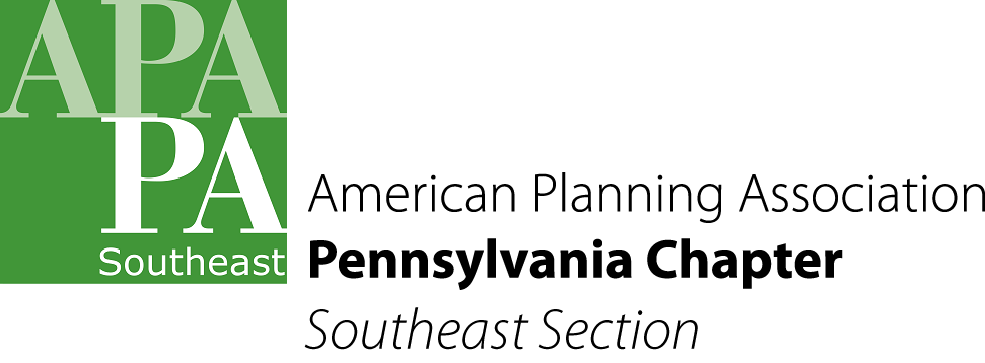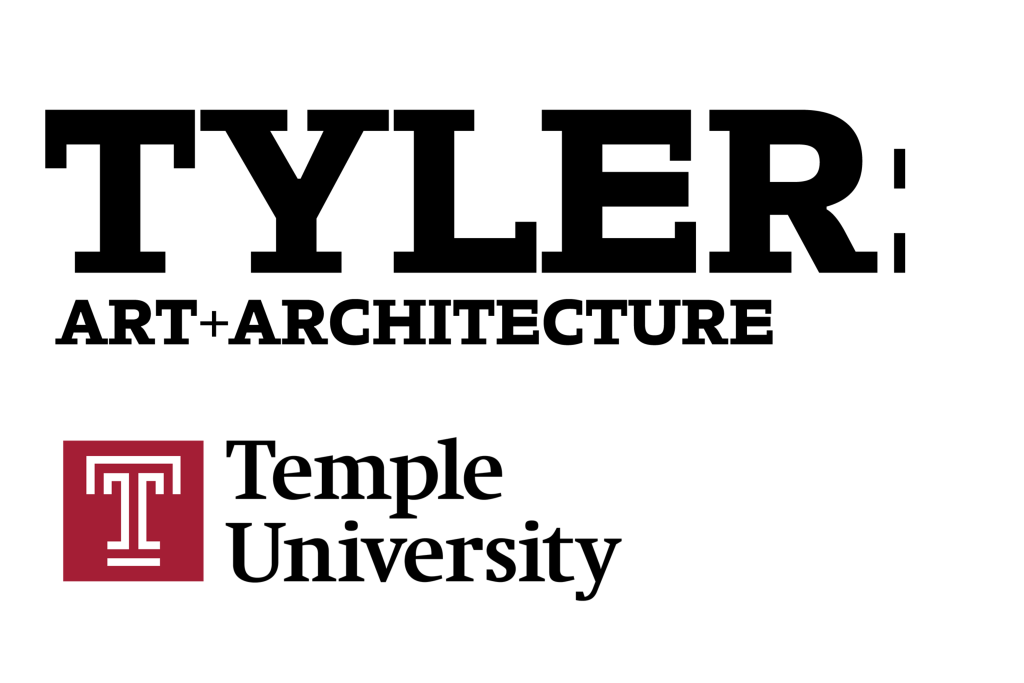In recent years the term green infrastructure has become well known to planners. At the municipal and regional scales it refers to a network of natural areas, parks, greenways, and working lands that provides multiple benefits for people and ecosystems. At the local and site scales it refers to a stormwater management approach that mimics natural hydrologic processes. These two definitions come together in the City of Philadelphia’s ground-breaking green infrastructure program, which includes Green City, Clean Waters and two related planning initiatives, GreenPlan Philadelphia and Green 2015.
The Philadelphia Water Department developed Green City, Clean Waters as the City’s federally mandated Long-Term Control Plan to solve its Combined Sewer Overflow (CSO) problem. In contrast to other cities that have used predominantly structural engineering solutions (underground storage tunnels) to address CSO issues, Green City, Clean Waters takes a multi-functional, landscape approach designed to manage runoff at the source and reduce demands on storm and sanitary sewers through green stormwater infrastructure. Strategies include requirements and incentives for green infrastructure on private lands; a large-scale street tree program; stream corridor habitat restoration and improved recreational access; and stormwater management in parks, vacant lands, and open spaces. Plan implementation is being closely coordinated with implementation of GreenPlan Philadelphia, the City’s comprehensive plan for sustainable open space, and Green 2015, an action plan to transform “the first 500 acres” into publicly accessible greenspace. These initiatives share the common goal of providing maximum environmental, economic, and social return on investment in green infrastructure at the citywide scale.
At the one-year anniversary of EPA approval of Green City, Clean Waters in April 2012, the City has completed or is in the process of designing over 400 green stormwater infrastructure projects ranging from green streets and green schoolyards to stormwater planters, rain gardens, and stormwater wetlands. The Southeast Section is planning to host a PDI session later in the year for planners to learn more about Philadelphia’s national leadership in green infrastructure, which was recently featured in a HUD Sustainable Communities eNews article. Stay tuned to the apapase blog for details!
This blog is part of the 2013 Greenbuild Challenge.








